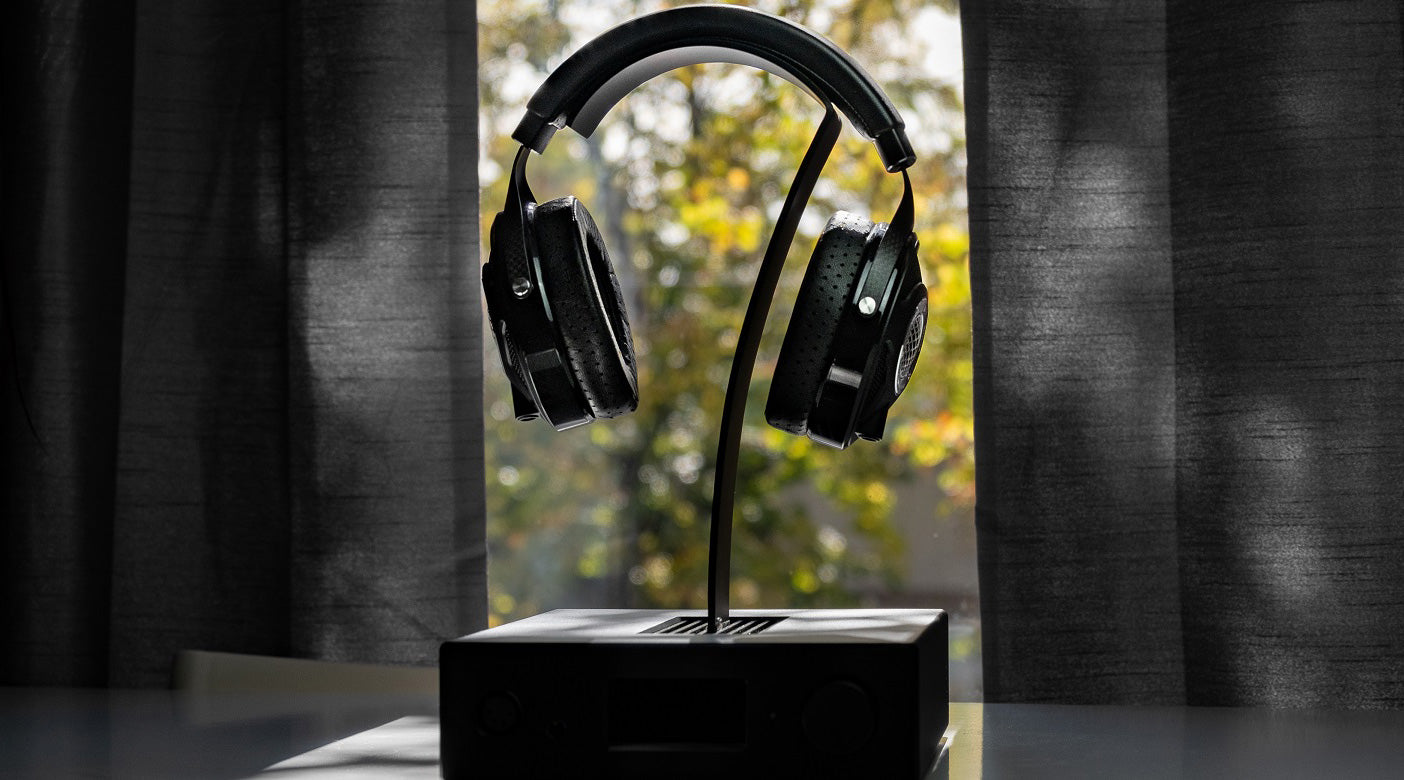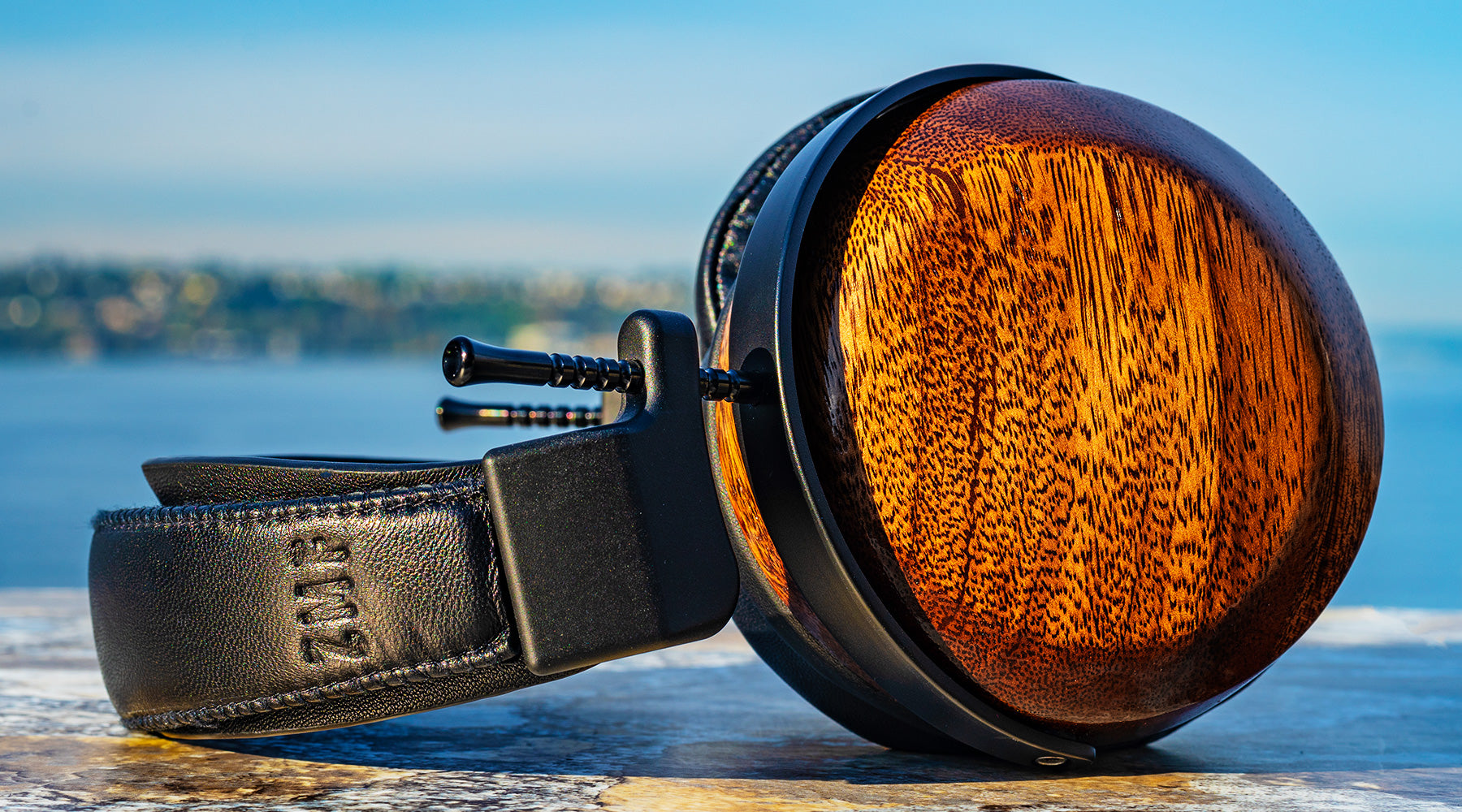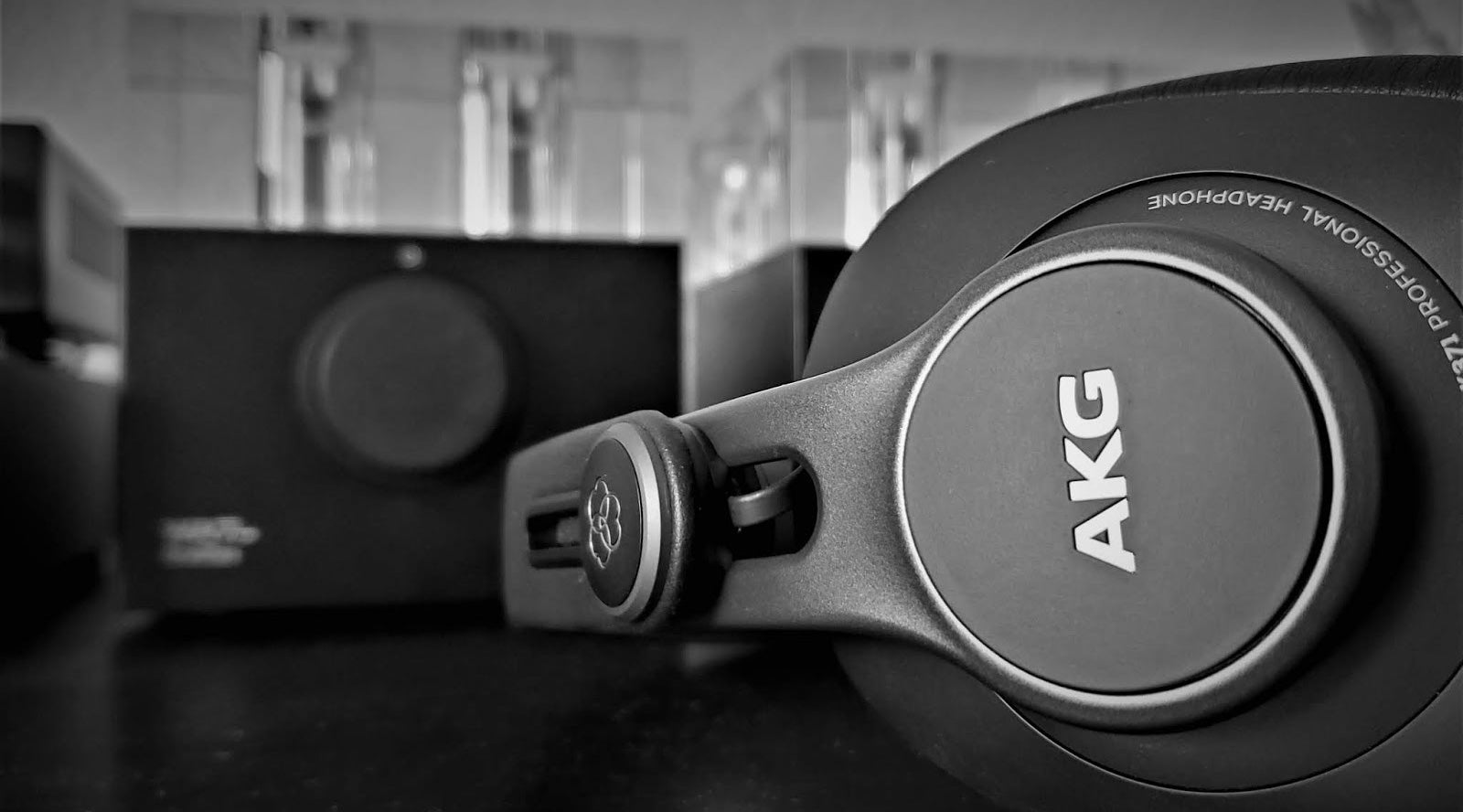Review written by Andrew Park (@Resolve)
Introduction
The Focal Utopia has been out now for some time, and when it first came out there was nothing else like it. Now, in 2019, there are a lot more flagships on the market to choose from, and the Utopia is often used as a comparison for new headphones. “How does it compare to the Utopia?” is a common question among audiophiles whenever a new flagship comes out. And so in this review I’m going to ask the question of whether the Focal Utopia is still worthy of being the headphone that all other flagships are evaluated against. Is this still the king of detail in 2019?

Specs
- Type - Circumaural Open-Back Headphones
- Impedance - 80 Ohms
- Sensitivity - 104dB SPL / 1mW @ 1kHz
- Total Harmonic Distortion (THD) - < 0.2% @ 1kHz / 100dB SPL
- Weight - 490g (1.08lb)
- Cable Length - 4m (13.1ft)
- Connector - 6.35mm (1/4“) Neutrik® Stereo Plug
- MSRP - $3999
Source
FLAC Library, TIDAL (HiFi and Master) - iFi iDSD Micro Black Label 1-> Cayin IHA-6 -> Focal Utopia
FLAC Library, TIDAL (HiFi and Master) - Focal Arche DAC/Amp 2 -> Focal Utopia
Music
For the Utopia I’ve been using my usual collection of well-recorded jazz from Michael Wollny, GoGo Penguin, Molly Johnson and my sibilance test is Patricia Barber’s ‘Code Cool’, for anyone wanting ear pain (although I do like the music). I’ve also been getting into the new Opeth album In Cauda Venenumfor heavier material, and while it’s not all that well recorded, it’s certainly the best of this current generation for the band. Additionally, I actually find Tool’s Fear Inoculum to be reasonably well engineered and mastered, in spite of the fact that there are a few occasions where the mic sounds a bit close for comfort.
Build, Design & Comfort
The Utopia is one of the most incredibly well built headphones I’ve ever had the pleasure of using. Everything from the pads to the grilles to the carbon fiber yokes feels remarkably sturdy, and while the material cost alone might not justify the price tag, this certainly looks and feels like a premium headphone. Comfort is also reasonable, however because the Utopia is so well built, and because it also came out before the design iterations from the Clear, Elegia and Stellia, it’s currently the heaviest of Focal’s high end lineup. This means that while the soft leather perforated pads feel luxurious, the top piece for the headband does weigh down on my head after a while. Still, this is much more comfortable than the heavy planar flagships from Audeze, and it’s only slightly less comfortable than the Clear and the Stellia, and the materials feel more premium on the Utopia than all of the rest of their headphones.
Build Quality - 9.5/10
Comfort - 8.5/10
The Utopia uses the same ‘formerless’ M-shaped dome style of driver that’s used throughout many of their other headphones, however the Utopia uses solid beryllium for the drivers instead of the aluminum-magnesium employed for the lower end models. My guess is that such a light driver system with the formerless voicecoil, coupled with the stiffness and rigidity of solid beryllium confers serious technical performance benefits that traditional dynamic drivers can’t match. Ideally, a dynamic driver has a diaphragm that has high stiffness and restorative force so that it can more accurately track and react to its signal - and solid beryllium material allows the Utopia to achieve precisely that. The drivers are also angled within the cup, meaning it should alter the effects of concha resonance amplification, or in other words the sound being produced should react differently to the physical properties of the ear. There are other examples of headphones doing this these days, and of course Focal has done this with the rest of their line as well. Interestingly this also may be responsible for substantial sound differences depending on the position of the headphone on one’s head.

Performance
I’m a big fan of the formerless driver systems that Focal uses, and in my mind they all enjoy performance benefits over similarly priced biodynamics - both for detail retrieval and speed. The one concern with these drivers is that for whatever reason they may produce somewhat of a metallic or artificial sheen to the music. So I’ve approached my evaluation of the Utopia with the intent to specifically listen for that quality.
Detail Retrieval - 10/10
The Utopia is of course the headphone that all other flagships are evaluated against when it comes to detail retrieval. I can confidently say that the Utopia is nothing short of exceptional when it comes to detail, and while other flagships are now able to get to the same level of detail ability, the Utopia is clearly still the best dynamic driver headphone in that regard. I have yet to hear another headphone categorically exceed the Utopia for detail.
Speed & Dynamics - 9.8/10
Here’s where the benefits of the ultra-fast driver show up. The attack is quite strong, also possibly the strongest for a dynamic driver headphone. The Utopia sounds punchy and tight throughout the frequency response, and also has excellent dynamic slam - not quite on the same level as some flagship planars, but still incredibly engaging. Microdynamics are also nothing short of exceptional here as well.
Stage & Imaging - 8.5/10
Structural definition for the images and positional accuracy are second to none on the Utopia, however the stage is considerably smaller than on other, less expensive headphones. It doesn’t feel claustrophobic, and it’s less of an issue particularly because the detail and speed are so good. Instrument separation is spectacular and every image can be pinpointed with complete surgical precision. I do wish this had a more ‘speaker-like’ presentation, but it’s a trade-off I’d be willing to make if that’s the price for the rest of the Utopia’s technical ability.
Timbre - 8/10
In general I find the Utopia a bit on the sweet side, and that’s actually my preference. There’s no ‘dry thud’ that I’m always worried about. I was also specifically listening for a slight metallic edge or sheen to the Utopia because that’s been a common concern or criticism from some listeners. If it exists, it’s not significant enough for me to confidently be able to pinpoint exactly where in the frequency response this shows up. It’s certainly less noticeable than the distinction between balanced armature and dynamic IEMS, where there is a risk of a noticeable metallic smearing effect to certain frequencies. It’s only when I compare the Utopia to my ZMF Vérité 1 that I really start to notice a less natural timbre and even then it’s likely just the different tonality that’s responsible. My instinct is that the perception of a metallic timbre has more to do with the knowledge that Focal headphones use beryllium or aluminum-magnesium drivers than it does actually being bothered by the timbre - our experiences are often influenced by countless subconscious expectations we’re unaware of at the time.
Tonality & Frequency Response
Measurements done using the MiniDSP EARS rig, which is not to be taken as an industry standard measurement system. The following uses the HEQ compensation, which is similar to the target developed by Olive and Welti.


Score - 9/10

Comparisons
Audeze LCD-4
The LCD4 is a planar flagship that in my opinion is far too heavy for regular use, however from a strictly technical performance perspective, the LCD4 is truly amazing. The Utopia is very similar in terms of detail capability, but if I had to give the edge to one over the other it would be to the LCD4 for bass detail and texture and to the Utopia for detail throughout the rest of the frequency response. It’s likely the case that the LCD4 is technically slightly superior, however its tonality obscures a lot of the detail throughout the upper midrange and lower treble. Effectively this means that the Utopia does do a better job of representing details in the mix. Moreover, the Utopia’s tonal balance is far superior to that of the LCD4, especially in the treble. The bass slams a bit harder on the LCD4 and it has a bigger stage, however I still find the Utopia to be slightly more surgical as far as its image presentation is concerned.
ZMF Vérité
The Vérité is the closest I’ve heard a dynamic driver headphone get to the Utopia. It’s detail retrieval isn’t quite on the same level as that of the Utopia and it’s also not quite on the same level when it comes to image definition/distinction, but it’s very close on all of those fronts. Where the Vérité has a clear advantage is in the soundstage. It’s a much larger and more ‘concert-like’ experience with bigger images as well. The Vérité has what I can only describe as a “controlled wall of sound” character to it that the Utopia doesn’t have. And while the Utopia does perform better on the attack (more punch, tighter), the Vérité has more intensity when there’s a lot going on in the mix. In my mind it’s a trade-off, if you want strictly the best detail, the Utopia is the better choice - but if you’re okay with ‘second best’ detail but on a bigger stage, the Vérité is likely a better choice.
Focal Clear
There are two key differences between the Utopia and the Clear. The first is that the Utopia has substantially better detail capability with the benefits of the solid beryllium driver. The second difference is that the Clear actually has what is in my opinion a more agreeable tonality with the added bass energy. Apart from that, the Clear has a slight edge to the consonant range at around 8.5khz, while the Utopia sounds a bit smoother to my ears. That again likely has to do with the superior technical performance of the Utopia. I quite like the Clear, but in my opinion the Utopia is just categorically superior, and ultimately more enjoyable.
HiFiMAN HE1000se 2
This one is difficult, because while the Utopia has distinctly superior tonal balance for the treble (not as splashy above 12khz), the HEKse does also have incredible technical performance. Detail retrieval is very close between the two, but the stage and imaging for the HEKse is in a class of its own. Instrument separation is also superior on the HEKse, and that’s likely just because it’s a planar, but the overall experience is truly incredible once you EQ down some of the over-emphasized splashy quality above 12khz. With that said, the Utopia has better build quality and a more traditional design where the cups don’t protrude down your neck like they do for the HEkse. These are both incredible headphones, and I’d be happy with either, but for those who don’t want to EQ anything, the Utopia is much more realistic sounding.
Focal Arche DAC and Headphone Amp
I was able to test out the new Focal Arche amplifier with the Utopia and the closed back Elegia. The Arche uses a balanced design that features the AK4490 chip, as well as a voltage and current hybrid configuration. Focal has added a number of presets in the amp for each of their headphones, and while I initially thought this was some kind of DSP or EQ, after trying it out it’s clearly not the case. In fact, while I did hear a difference, I wasn’t able to detect any difference in the frequency response when switching between the different presets. When you select a preset, two things happen, you hear a click (almost like a relay switch), and you get a change in volume for the headphone by a few dB. It’s possible that there are other audible qualities, but nothing nearly as dramatic as applying an EQ would do. My guess is that it’s either changing the op-amp, switching between voltage and current, or applying a DAC filter (or any combination of these).
Interestingly, the most dramatic difference I found when amping the Utopia was with the 120 ohm output from my Cayin IHA-6.

While I don’t recommend using it for this (the Utopia is only an 80 ohm headphone), this resulted in a dramatic bass boost - to the point where it’s too much. But at the very least this was interesting to see, and for those who are looking at the Utopia and are concerned that it might be a bit bass light, it is possible to change the frequency response in the bass without using EQ. It’s a much more expensive way to change it, but it is doable. You just need to find an amp that has higher than 10 ohm output impedance. Personally I’d stick with the Arche, or another low output impedance source and just apply a bit of EQ - but then again the Utopia doesn’t really need EQ beyond guilty pleasure appeal the way some other headphones do.

Conclusion
Overall Score - 9/10
You can check out my video review here:
- Andrew Park (@Resolve)
---
---
Join the discussion about the Focal Utopia on "The HEADPHONE Community".
---
Buy the Focal Utopia on Headphones.com here at the best price, and with the best return-policy, available.





Leave a comment
All comments are moderated before being published.
This site is protected by hCaptcha and the hCaptcha Privacy Policy and Terms of Service apply.